A recent study has revealed a disturbing reality—every sample of Indian salt and sugar, whether packaged or unpackaged, contains harmful microplastics. This discovery has raised serious concerns about the potential health risks posed by these tiny plastic particles, which are now found in some of the most common staples in the Indian diet. As microplastics continue to infiltrate our food supply, understanding their sources, effects, and ways to minimise exposure has become more critical than ever.
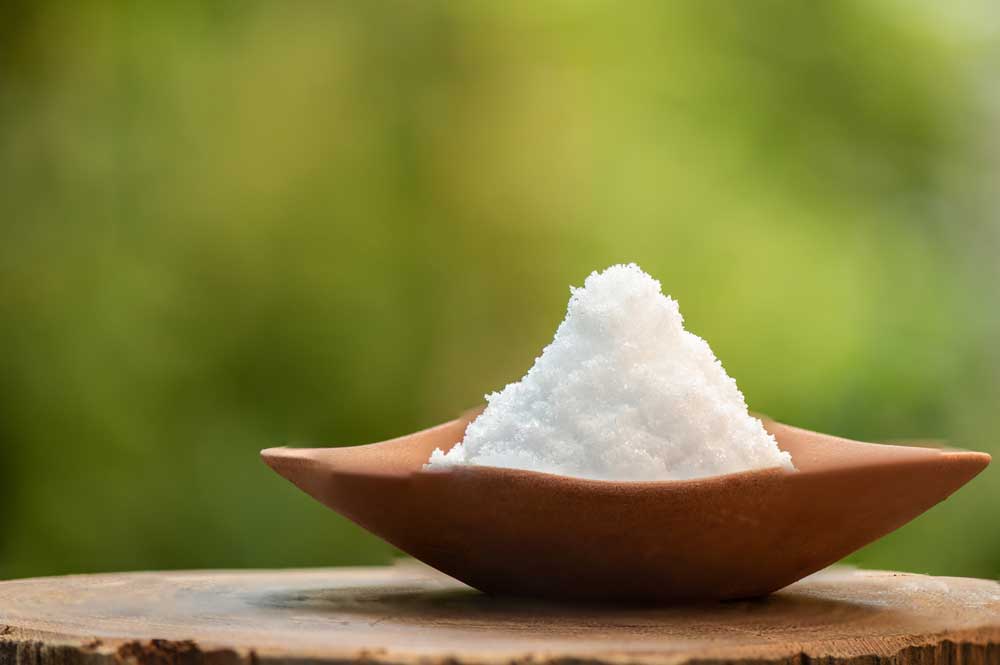
Image used for representational purposes only.
Overview of the Study Findings
A recent study conducted by the environmental research organization "Toxics Link" has uncovered alarming levels of microplastic contamination in all Indian salt and sugar brands, both packaged and unpackaged. The study analysed 10 types of salt and five types of sugar, purchased from online and local markets, and found microplastics present in every sample. These microplastics, ranging in size from 0.1 millimetres to 5 millimetres, appeared in various forms such as fibres, pellets, and films.
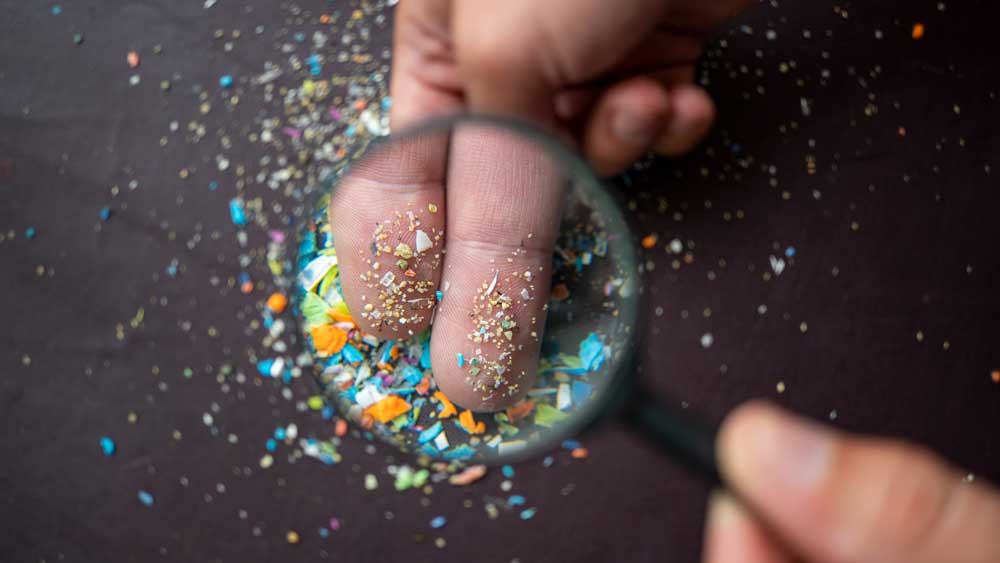
Image used for representational purposes only.
The findings are concerning, particularly for iodised salt, which recorded the highest concentration of microplastics at 89.15 pieces per kilogram. Organic rock salt, in contrast, showed the lowest quantity at 6.70 pieces per kilogram. For sugar, the microplastic content ranged from 11.85 to 68.25 pieces per kilogram, with non-organic sugar having the highest levels.
Considering the average daily consumption of salt and sugar in India—10.98 grams of salt and approximately 10 spoons of sugar—the study suggests that an average Indian could be ingesting between 0.55 and 3.71 pieces of microplastics daily from these two staples alone.
The potential health risks associated with microplastics are significant. According to research, microplastics can enter the human bloodstream and may cause permanent alterations to cell structures, mutations, chronic toxicity, and even contribute to the development of cancer. Additionally, they are known to cause reproductive and developmental issues and can damage lung tissue. These findings highlight the urgent need for further investigation and the implementation of strategies to reduce microplastic contamination in food products.
Sources of Contamination
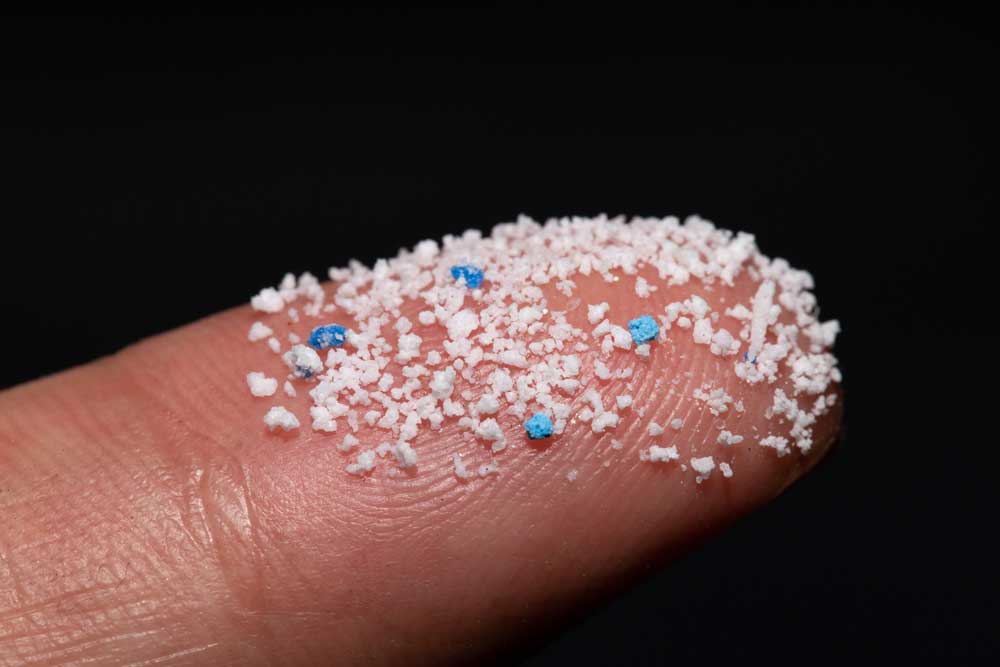
Image used for representational purposes only.
Microplastics, tiny plastic particles less than 5mm in size, enter our food supply through multiple avenues. For salt, especially sea salt, the contamination occurs as microplastics already present in oceans are absorbed during the salt extraction process. Sugar contamination, on the other hand, primarily happens during the refining and packaging stages, where plastic containers and machinery contribute to the presence of microplastics. Even air-borne microplastics can settle on these products during production, adding to the contamination.
Health Risks
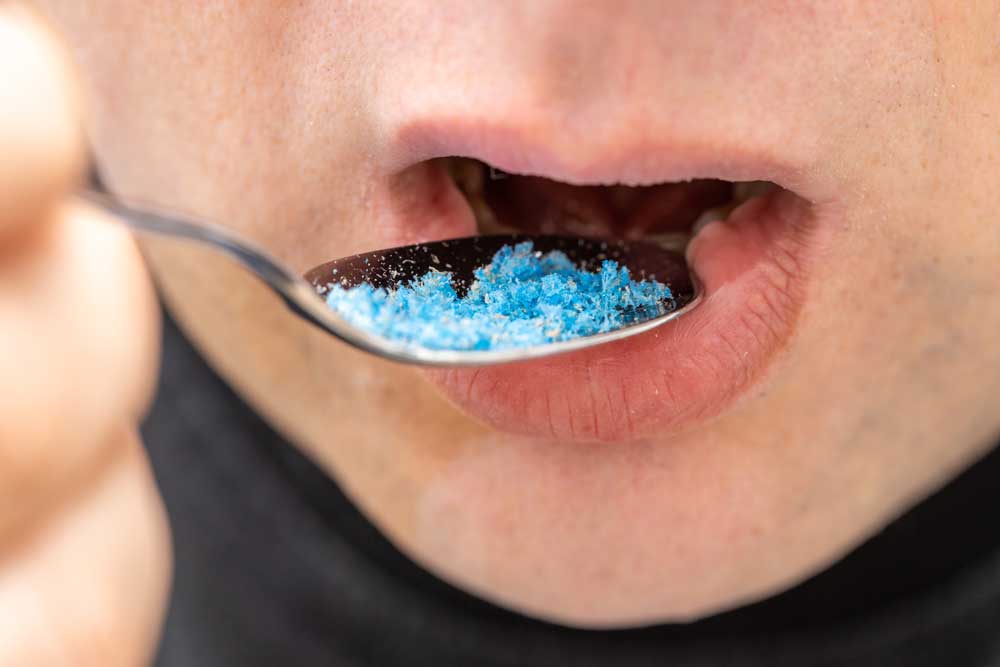
Image used for representational purposes only.
The presence of microplastics in our food raises significant concerns about potential health risks. While research is still ongoing, there is growing evidence that ingesting microplastics can lead to various health issues. These tiny particles can carry harmful chemicals and pathogens, contributing to inflammation, disrupting hormones, and even damaging organs over time. The long-term impact of microplastic consumption is still unknown, but the current findings suggest a need for caution.
How to Avoid Microplastics
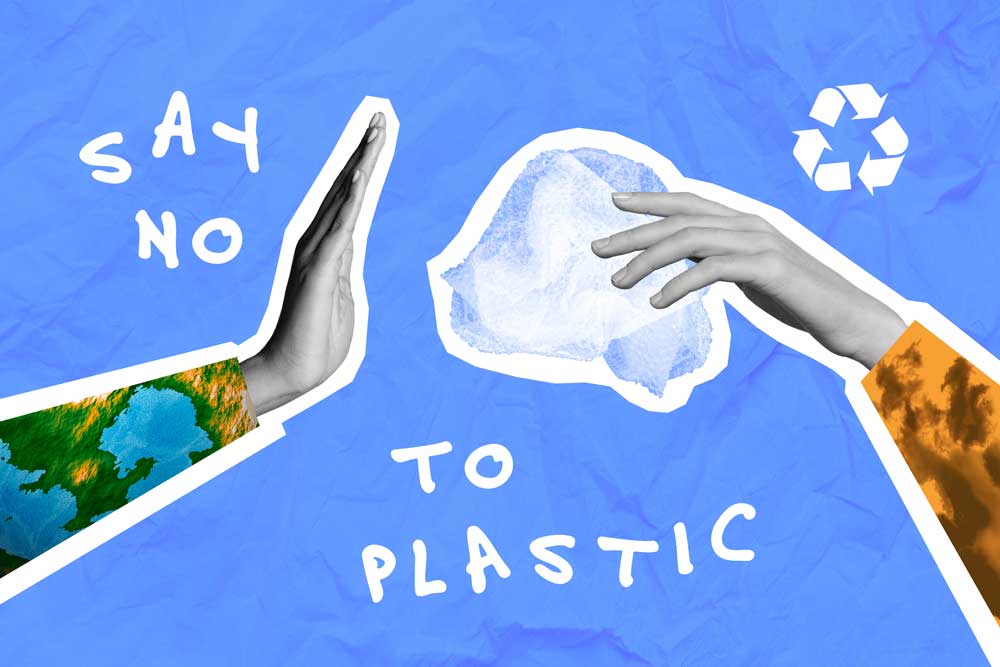
Image used for representational purposes only.
Reducing your exposure to microplastics in salt and sugar might seem challenging, but there are practical steps you can take:
Choose Natural Sea Salt: Opt for unrefined, natural sea salt from trusted sources, as it is less likely to be exposed to excessive processing that increases microplastic contamination.
Use Organic Sugar: Switching to organic sugar can reduce your risk, as organic products are often processed in cleaner environments with fewer chances of contamination.
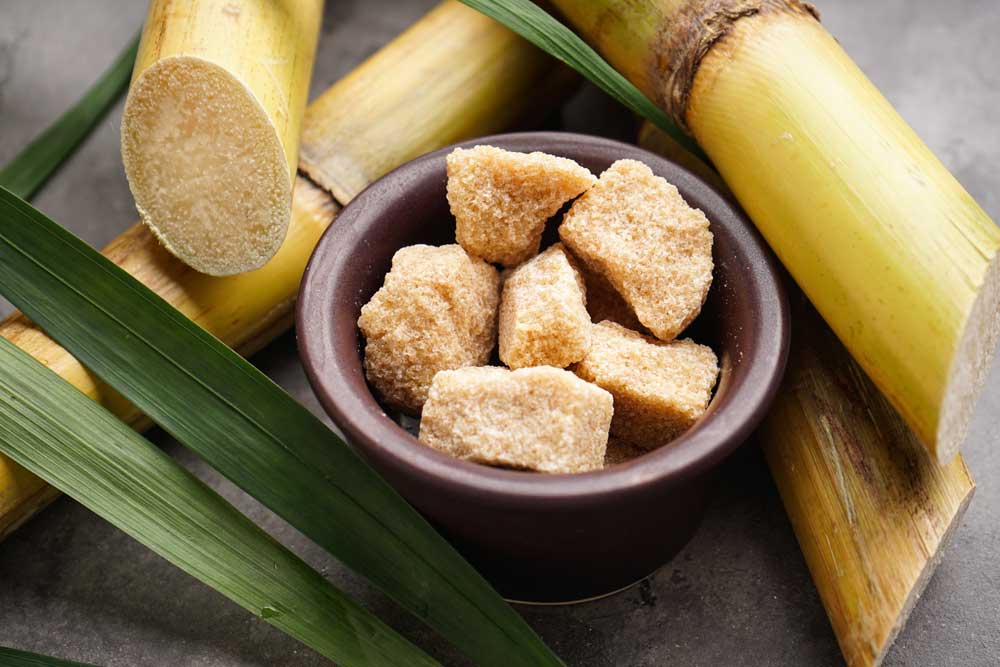
Image used for representational purposes only.
Buy in Bulk: Purchase salt and sugar in bulk from reputable stores to minimise contact with plastic packaging.
Filter Water: Since microplastics can also enter through water, using a high-quality water filter can help reduce overall exposure.
Support Eco-friendly Brands: Look for brands that prioritise sustainable practices and use minimal plastic in their production and packaging.
By being mindful of the sources of microplastics and making conscious choices, you can significantly reduce your intake and contribute to a healthier lifestyle.